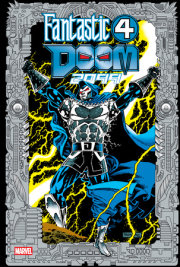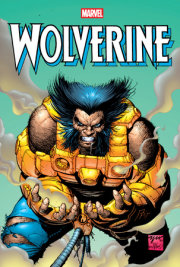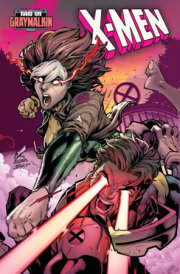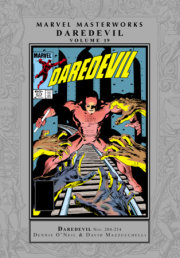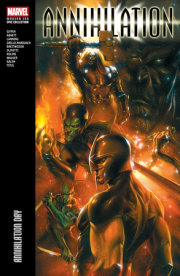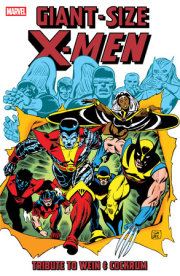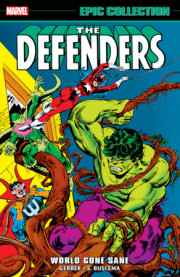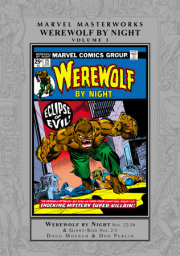Gerry Conway wrote Daredevil, Incredible Hulk, Iron Man and others. He was instrumental in Marvel’s 1970s horror boom with work on Man-Thing, Tomb of Dracula and Werewolf by Night. His years on Amazing Spider-Man yielded such historic highlights as the groundbreaking death of Gwen Stacy and the debut of the Punisher. He also wrote DC’s Batman, Superman, Wonder Woman and Legion of Super-Heroes. For TV, he has written and produced episodes of Diagnosis: Murder, Hercules: The Legendary Journeys, Huntress and Matlock.
After co-creating DC’s Swamp Thing in 1972, Len Wein moved to Marvel for lengthy runs on some of the company’s biggest titles — Amazing Spider-Man, Fantastic Four, Incredible Hulk and Thor — and helped bring the landmark Giant-Size X-Men #1 into the world, changing Marvel forever. Returning to DC as an editor, Wein oversaw an influx of British writing talent, highlighted by Alan Moore’s historic Watchmen miniseries. Wein also has worked in television and animation, returning to his roots to develop a Swamp Thing screenplay. He has written comic-book adaptations of The Simpsons and Futurama.
Roy Thomas joined the Marvel Bullpen as a writer and editor under Stan Lee, scripting key runs of nearly every title of the time: Amazing Spider-Man, Avengers, Daredevil, Doctor Strange, Sub-Mariner, Thor, X-Men and more. He wrote the first 10 years of Marvel’s Conan the Barbarian and Savage Sword of Conan; and launched such series as Defenders, Iron Fist, Invaders and Warlock. At DC, he developed All-Star Squadron, Infinity Inc. and related titles, proving instrumental in reviving the Golden Age Justice Society of America. Thomas later became editor of Alter Ego, a magazine devoted to comic-book history, and co-scripted the sword-and-sorcery films Fire and Ice and Conan the Destroyer.
In 1976, Ross Andru (1927-1993) made comic-book history by penciling the first large-scale intercompany crossover, Superman vs. the Amazing Spider-Man, having spent years illustrating both characters in various titles. He also made Marvel history in Marvel Feature, drawing the Defenders’ first appearance. At DC, he spent nine years collaborating with Bob Kanigher on Wonder Woman. With Marv Wolfman and Mike Esposito, he co-created Vigilante (Adrian Chase).
The career of the late Gil Kane began in comicdom's Golden Age. Following his role in ushering in the Silver Age of Comics via the re-creations of Green Lantern, the Atom and others, he became Marvel's star cover artist and the regular penciler on Amazing Spider-Man. Kane also helped develop Iron Fist, Morbius the Living Vampire and other Marvel mainstays. In 1971, he published the sword-and-sorcery/science-fiction hybrid Blackmark, often called the first American graphic novel. He was a multiple winner of the National Cartoonist Society Award; in 1997, he was inducted into both the Eisner Award Hall of Fame and the Harvey Award Jack Kirby Hall of Fame.
“Do you print [them] too?” a young Stan Lee once supposedly asked Jim Mooney (1919-2008). Mooney’s career as penciler, inker, colorist and letterer dates back to the Golden Age — during which he drew stories featuring super heroes and funny animals alike. In the Silver Age, he inked John Buscema’s Thor and John Romita’s Amazing Spider-Man. At DC, Mooney penciled Batman, Superboy and World’s Finest, among others.













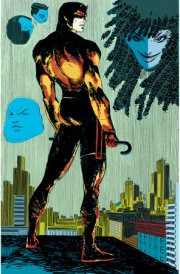
![Amazing Spider-Man Epic Collection: The Goblin's Last Stand [New Printing 2]](https://images.penguinrandomhouse.com/cover/9781302967796?width=180)
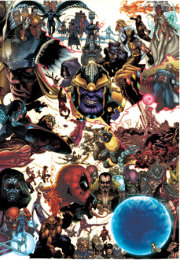
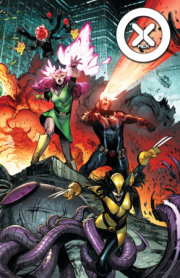

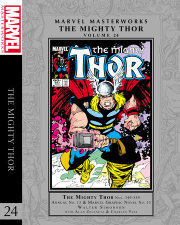
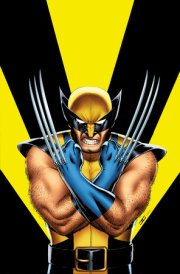

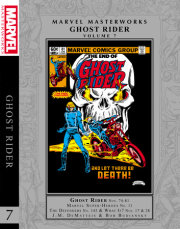
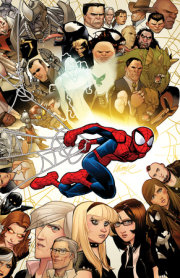
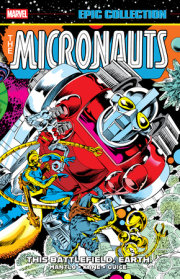
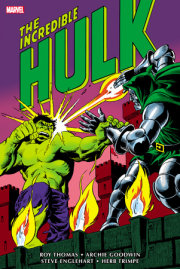
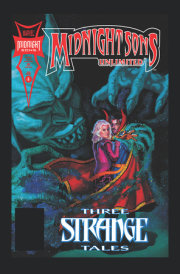
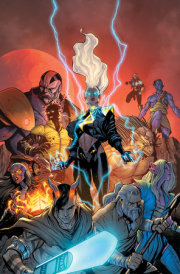
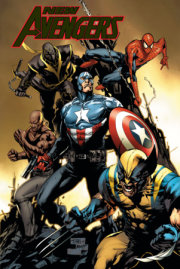

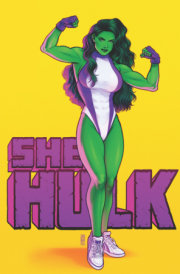
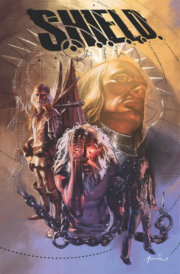

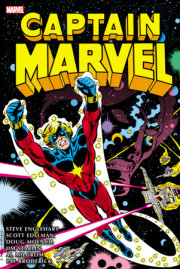
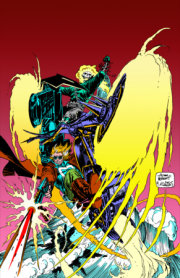
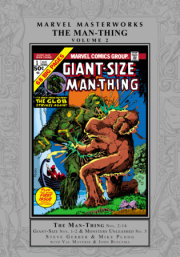
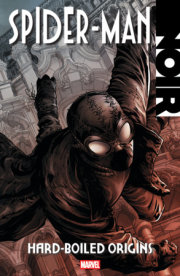
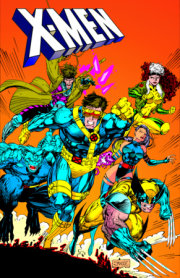
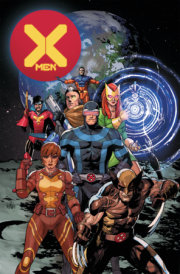
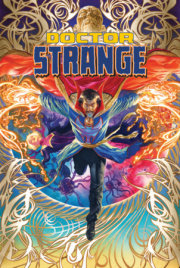
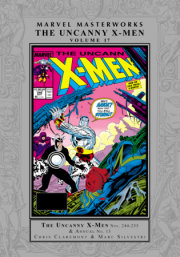
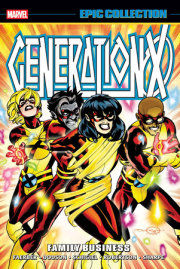
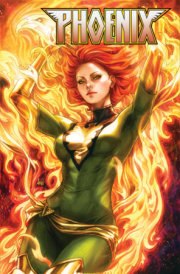
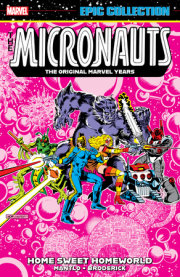
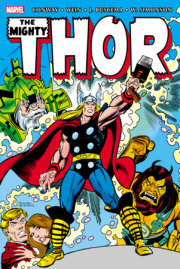
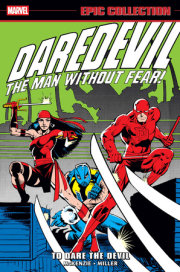
![Iron Man: Demon In A Bottle [New Printing 2]](https://images.penguinrandomhouse.com/cover/9781302961817?width=180)
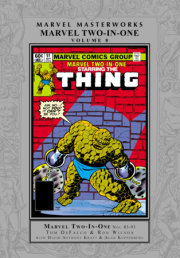
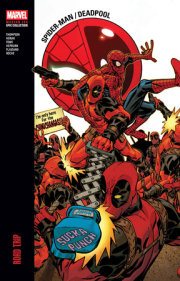
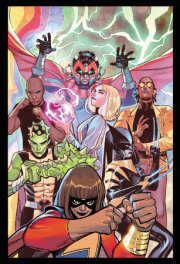
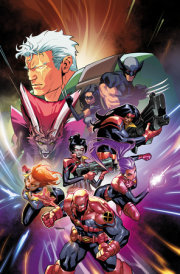
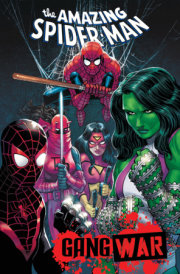
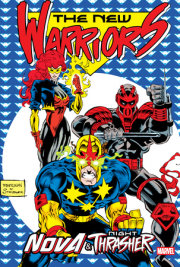
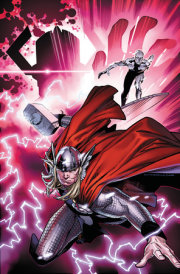
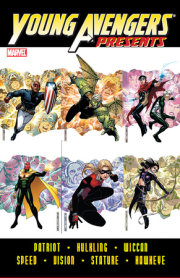
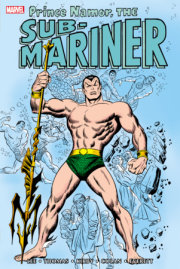
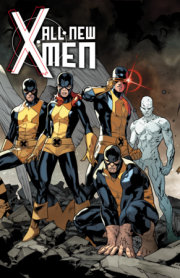
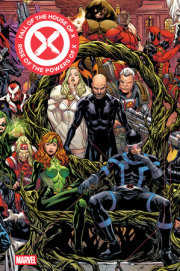
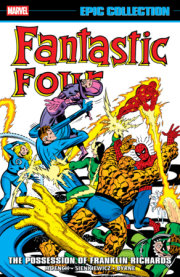
![Original Sin [New Printing]](https://images.penguinrandomhouse.com/cover/9781302966249?width=180)
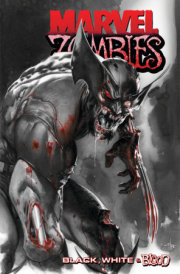
![X-Factor By Peter David Omnibus Vol. 1 Larry Stroman Cover [New Printing]](https://images.penguinrandomhouse.com/cover/9781302963705?width=180)
![Avengers West Coast Epic Collection: Vision Quest [New Printing]](https://images.penguinrandomhouse.com/cover/9781302963910?width=180)
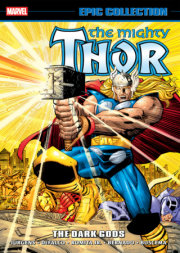
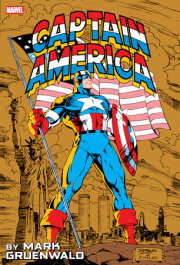
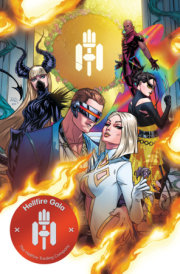
![Wolverine Goes To Hell Omnibus Jae Lee Cover [New Printing]](https://images.penguinrandomhouse.com/cover/9781302961381?width=180)
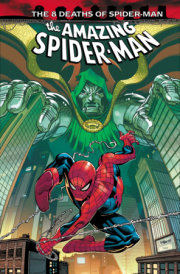
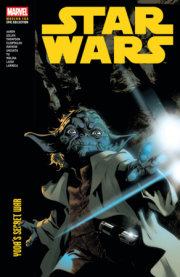
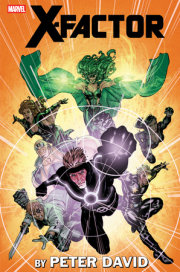
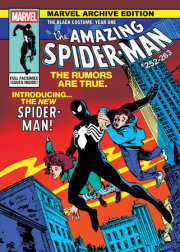


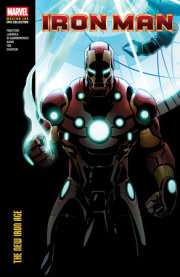
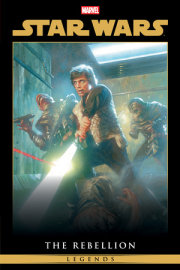
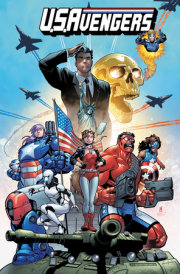
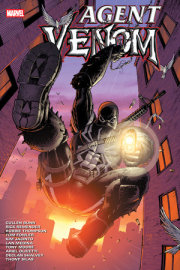

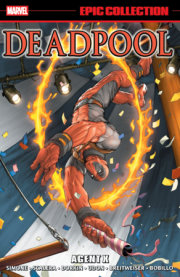
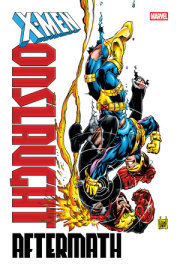
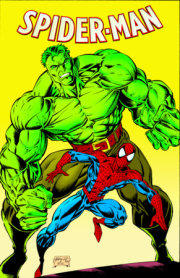
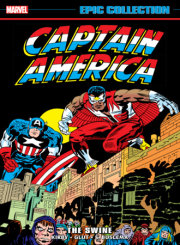
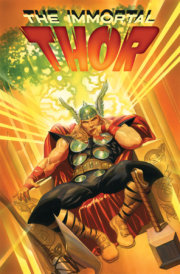
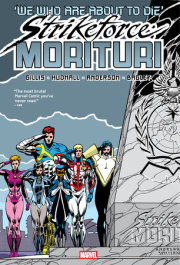
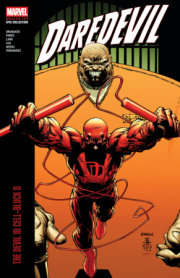
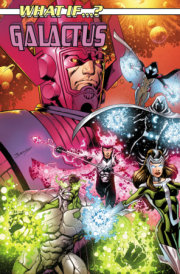

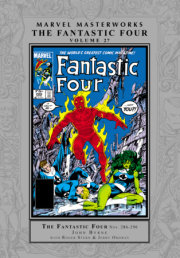
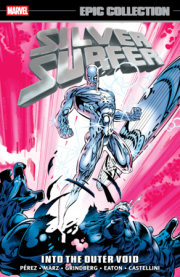
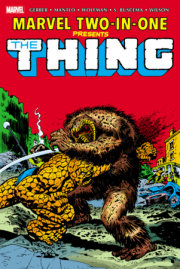
![Marvel Masterworks: The Silver Surfer Vol. 1 [Remasterworks]](https://images.penguinrandomhouse.com/cover/9781302956042?width=180)
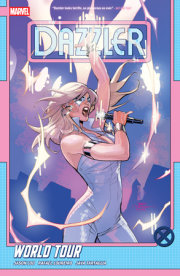
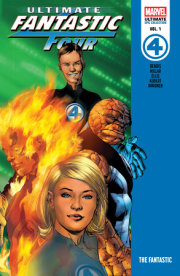
![X-Men: Age Of Apocalypse Vol. 2 - Reign [New Printing]](https://images.penguinrandomhouse.com/cover/9781302963958?width=180)
